Navigating the complexities of sea freight from China to Botswana can seem daunting, but understanding the nuances of the shipping process can unlock significant advantages for businesses. Sea freight, a cost-effective method for transporting goods across vast distances, is particularly advantageous for bulk shipments and non-perishable items. This guide provides a comprehensive, step-by-step overview of the sea freight process, including essential considerations, required documentation, customs clearance, and practical strategies for optimizing shipping costs. Whether you are a seasoned importer or new to international trade, this resource will equip you with the knowledge needed to streamline your logistics and ensure a successful importation experience.
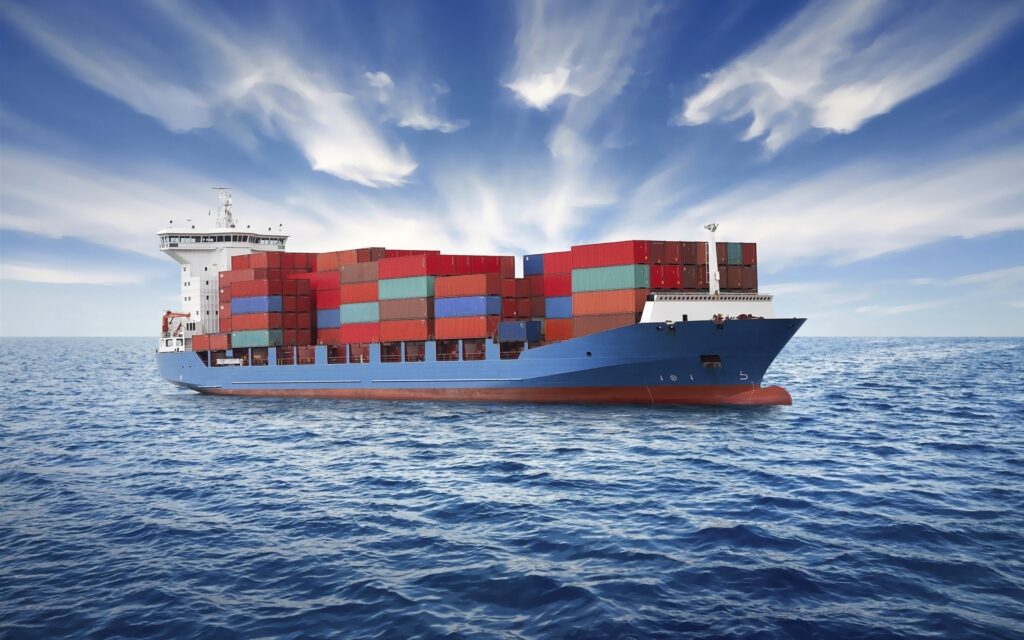
Understanding Sea Freight
Sea freight refers to the transport of goods via ocean shipping, utilizing large cargo ships to move containers filled with products across various global routes. This method is particularly favored for its capacity to carry large volumes of goods economically over long distances. Unlike air freight, which may be faster but often incurs a higher cost, sea freight is an ideal choice for businesses looking to import bulk items or non-perishable goods without breaking the bank.
Choosing sea freight offers several advantages:
- Cost-Effectiveness: Shipping goods by sea generally costs significantly less than air freight, making it an attractive option for businesses aiming to maximize profits.
- Environmental Sustainability: Shipping by sea emits fewer greenhouse gases compared to air freight, aligning with global efforts toward sustainable logistics.
- Capacity: Cargo ships can accommodate a wide variety of goods, from raw materials to finished products, making sea freight a versatile option for importers.
- Reliability: With established routes and schedules, shipping by sea can be more predictable, allowing importers to plan their inventory and operations accordingly.
Benefits of Sea Freight for Importing Goods
Importing goods through sea freight comes with numerous benefits that can significantly impact a business’s bottom line:
| Benefit | Description |
|---|---|
| Lower Shipping Costs | Sea freight rates are generally lower than air freight, especially for large or heavy shipments. |
| Higher Volume Capacity | Cargo ships can carry thousands of containers, making it easier to transport large quantities at once. |
| Versatile Cargo Options | Sea freight can accommodate a wide range of goods, including heavy machinery, vehicles, and bulk liquids. |
| Reduced Packaging Costs | Due to the less stringent handling procedures, businesses may save on packaging costs when shipping via sea. |
| Less Time-Sensitive Goods | Ideal for non-perishable items, sea freight allows for flexibility in delivery schedules, thus reducing pressure on logistics. |
Key Considerations for Shipping from China to Botswana
When considering shipping from China to Botswana, it is essential to understand various factors that could influence the process. This includes the shipping methods, shipping routes, required documents, and customs clearance procedures.
Shipping Methods
There are several methods for sea freight transportation, and the choice depends on the specific needs of the shipment:
- Full Container Load (FCL): Ideal for large shipments, where the entire container is used by a single shipper, ensuring direct transport and minimal handling.
- Less than Container Load (LCL): For smaller shipments, multiple shippers share container space, which can be cost-effective, but may involve longer transit times due to consolidation and deconsolidation processes.
Shipping Routes
Shipping routes from China to Botswana typically pass through major ports, such as:
- Port of Shenzhen: One of the busiest ports in the world, offering frequent departures and a wide selection of carriers.
- Port of Durban: The primary port for entering Southern Africa, making it a key destination for shipments headed to Botswana.
A well-planned route can significantly affect both transit time and shipping costs.
Required Documents
Before shipping goods, it’s crucial to prepare the necessary documentation. Commonly required documents include:
- Commercial Invoice: Details the transaction, including item descriptions, quantity, and value.
- Bill of Lading: A contract between the shipper and the carrier, outlining the terms of transport.
- Packing List: Details how the goods are packed and the contents of each package.
- Certificate of Origin: Confirms the origin of the goods, which may impact tariffs and taxes.
Understanding these documents ensures smoother processing and helps avoid delays in customs clearance.
Customs Clearance
Customs clearance is a critical step in the importation process. Importers must ensure that all goods meet local regulations and are properly declared. Key points to consider include:
- Tariffs and Taxes: Understanding applicable tariffs, taxes, and duties is essential for accurate cost forecasting.
- Restricted Goods: Certain items may be restricted or require special licensing to import; it’s vital to verify this before shipping.
- Working with a Freight Forwarder: Engaging with a professional freight forwarding company such as Dantful International Logistics can simplify the customs clearance process, ensuring compliance with all regulations and reducing the risk of delays.
By taking these considerations into account, businesses can successfully navigate the complexities of shipping from China to Botswana, optimizing their logistics and ensuring efficient importation of goods. For a seamless shipping experience, consider utilizing Dantful’s services, a highly professional and cost-effective one-stop international logistics service provider for global traders.
READ MORE:
- Shipping From China To Algeria
- Shipping From China To Angola
- Shipping From China To Morocco
- Shipping From China To Nigeria
- Shipping From China To Kenya
- Shipping From China To Tanzania
- Shipping From China To South Africa
Major Ports for Sea Freight
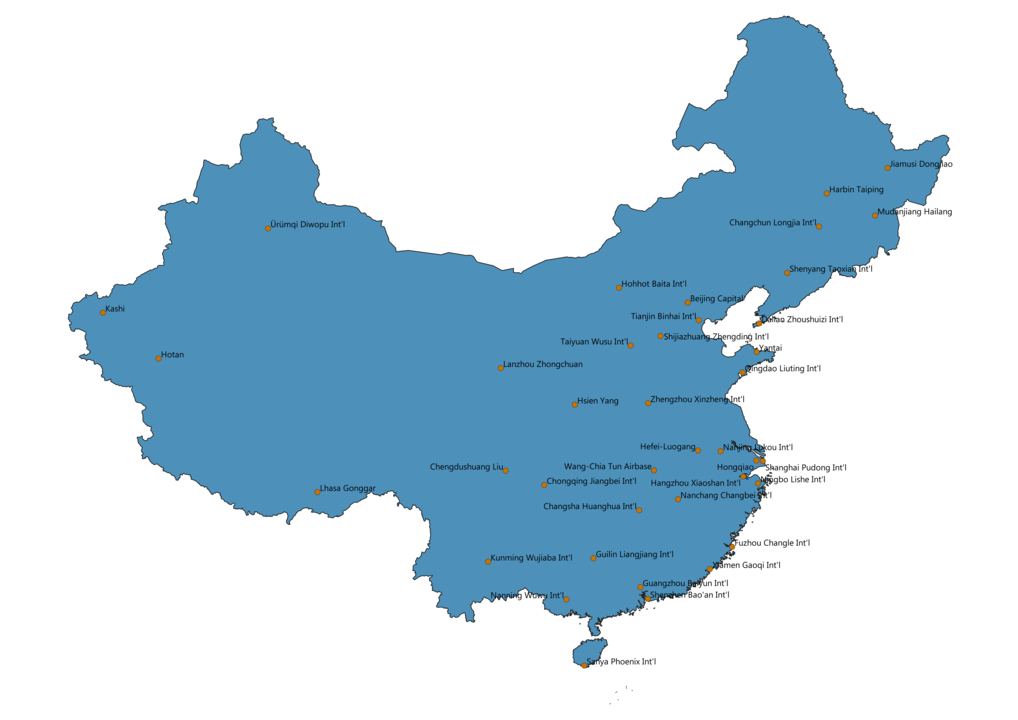
Top Chinese Ports for Exporting to Botswana
China boasts a vast network of ports critical for international trade. Several of these ports are particularly significant for shipping goods to Botswana:
| Port | Location | Key Features |
|---|---|---|
| Port of Shanghai | Shanghai | The busiest port in China, handling immense container traffic and offering extensive shipping schedules. |
| Port of Shenzhen | Shenzhen | A major hub for electronic goods, with advanced logistics and proximity to manufacturing zones. |
| Port of Ningbo | Ningbo | Known for its efficient operations, it ranks as one of the top ports in terms of container throughput. |
| Port of Guangzhou | Guangzhou | Offers a wide range of shipping services and is strategically located near major manufacturing hubs. |
These ports are equipped with advanced facilities and services that ensure the efficient handling and shipping of goods, making them ideal for businesses looking to export to Botswana.
Key Botswana Ports for Imports
Botswana is landlocked, meaning imports must be transported through neighboring countries. However, key ports in the region facilitate this process:
| Port | Location | Key Features |
|---|---|---|
| Port of Durban | South Africa | The largest and busiest port in Africa, offering comprehensive shipping services to Botswana via road and rail. |
| Port of Walvis Bay | Namibia | Serves as a strategic gateway for imports to Botswana, with efficient road connections to key cities. |
| Port of Maputo | Mozambique | An increasingly important port for trade into Southern Africa, providing access to Botswana via the N4 highway. |
Efficient logistics and transportation networks from these ports to Botswana are crucial for timely delivery of goods.
The Sea Freight Shipping Process Step-by-Step
Navigating the sea freight shipping process can be complex, but understanding each step can streamline your experience.
1. Obtaining a Freight Quote and Booking
-
Providing Shipment Details to the Freight Forwarder: Begin by communicating essential shipment details such as dimensions, weight, and type of goods to your freight forwarder. This information is crucial for determining the appropriate shipping method and cost.
-
Agreeing on Shipping Terms and Rates: After receiving a quote, discuss and agree on rates, shipping terms (Incoterms), and other conditions relevant to the shipment.
-
Confirming the Booking: Once the terms are agreed upon, confirm the booking with your freight forwarder to secure your space on the vessel.
2. Cargo Pick-Up and Delivery to the Port
-
Arranging for Cargo Pick-Up from the Supplier: Coordinate with your supplier to arrange the pick-up of the goods. This is usually handled by the freight forwarder.
-
Transporting the Goods to the Port of Departure in China: The freight forwarder will manage the transportation of cargo to the designated port, ensuring timely delivery for loading onto the vessel.
3. Export Customs Clearance in China
-
Submitting Required Documents: Prepare and submit all necessary documentation for export customs clearance, including commercial invoices, packing lists, and the bill of lading.
-
Paying Export Duties and Taxes: Ensure compliance by paying any required export duties or taxes to facilitate smooth customs clearance.
4. Loading and Ocean Transportation
-
Loading the Cargo onto the Vessel: Once cleared, the cargo is loaded onto the vessel at the port of departure, ready for transit.
-
Transit Time from China to Botswana: The typical transit time for sea freight from China to Botswana varies depending on the route and shipping method but usually ranges from 20 to 40 days.
5. Import Customs Clearance in Botswana
-
Submitting Import Documents: On arrival, submit the required import documentation to the Botswana customs authorities, ensuring all regulations are met.
-
Paying Import Duties and Taxes: Similar to the export process, import duties and taxes must be paid to clear the goods for entry into the country.
6. Cargo Unloading and Delivery to the Final Destination
-
Unloading the Cargo at the Port of Arrival in Botswana: Once customs clearance is complete, the cargo is unloaded from the vessel at the port of entry.
-
Arranging for Final Delivery to Your Warehouse or Facility: Finally, coordinate with a local logistics provider to transport the goods from the port to your warehouse or facility in Botswana.
By understanding and efficiently managing each step of the shipping process, businesses can ensure a smooth importation of goods from China to Botswana. Partnering with a reliable freight forwarder like Dantful International Logistics can significantly enhance this experience, providing expert support across all stages of the logistics chain.
Shipping Costs from China to Botswana by Sea Freight
Breakdown of Sea Freight Costs
When importing goods via sea freight from China to Botswana, understanding the various components of shipping costs is crucial for budgeting and financial planning. The cost structure typically includes the following elements:
| Cost Component | Description |
|---|---|
| Freight Charges | The base cost of transporting goods from the port in China to the port in Botswana. This can vary based on the shipping method (FCL or LCL) and the shipping line used. |
| Terminal Handling Charges | Fees charged by the port operator for loading and unloading the cargo at the port. |
| Documentation Fees | Charges for preparing necessary shipping documents, including the bill of lading and customs paperwork. |
| Customs Clearance Fees | Costs associated with clearing goods through customs, including any agent fees if a freight forwarder is used. |
| Insurance Charges | Costs for insuring the cargo against damage or loss during transport. Insurance is a key component of risk management in international shipping. |
| Delivery Charges | Fees for transporting goods from the port of arrival in Botswana to the final destination, such as a warehouse or business location. |
| Import Duties and Taxes | Tariffs imposed by Botswana customs on imported goods, which can vary depending on the product category and its country of origin. |
Understanding these cost components helps importers make informed decisions and anticipate the total expenditure associated with their shipments.
Tips for Reducing Shipping Expenses
Reducing shipping expenses is essential for maximizing profitability when importing goods. Here are several strategies:
-
Choose the Right Shipping Method: Opt for Full Container Load (FCL) when possible, as it typically offers lower rates per unit compared to Less than Container Load (LCL), especially for larger shipments.
-
Consolidate Shipments: If using LCL, consolidate smaller shipments with other goods to maximize container efficiency, which can reduce overall shipping costs.
-
Negotiate Freight Rates: Regularly review and negotiate rates with freight forwarders. Building a long-term relationship can often lead to better terms.
-
Optimize Packaging: Ensure that goods are packaged efficiently to minimize space and weight, which can significantly affect freight charges based on volume.
-
Plan Shipments Wisely: Schedule shipments to avoid peak seasons when rates are typically higher. Consider using off-peak times for better pricing.
-
Use a Reputable Freight Forwarder: Partnering with a trusted freight forwarder like Dantful International Logistics can provide access to better rates and expertise in cost-effective shipping solutions.
Shipping Times from China to Botswana by Sea Freight
Port-to-Port Delivery
Understanding the expected transit times for sea freight from China to Botswana is crucial for effective supply chain management. The typical transit times for major port pairs include:
| Port of Departure | Port of Arrival | Typical Transit Time |
|---|---|---|
| Shanghai | Durban | 30-35 days |
| Shenzhen | Walvis Bay | 25-30 days |
| Ningbo | Maputo | 28-33 days |
Factors affecting port-to-port delivery times include:
- Weather Conditions: Adverse weather can delay shipping schedules, affecting transit times.
- Port Efficiency: The efficiency of loading and unloading operations at both the departure and arrival ports can impact overall shipping timelines.
- Shipping Line Schedules: Different shipping lines have varying schedules and frequencies, which can lead to longer or shorter transit times.
- Customs Clearance: Delays in customs clearance at either port can significantly extend the time required to move goods.
Door-to-Door Delivery
For businesses requiring door-to-door delivery, which includes transportation from the supplier’s location in China directly to the final destination in Botswana, the overall shipping time is generally longer due to the additional logistics involved. The following steps are involved:
- Local Pickup: The freight forwarder arranges for the pickup of goods from the supplier’s facility.
- Transportation to the Port: The goods are then transported to the departure port in China.
- Ocean Transit: This includes the transit time across the ocean to the port of arrival in Botswana.
- Customs Clearance: After arrival, the goods undergo customs clearance.
- Final Delivery: Once cleared, the goods are transported from the port to the final destination, which may involve additional local transportation.
The total time frame for door-to-door delivery may extend from 35 days to over 50 days, depending on the specific logistics arrangements and local conditions.
Implementing effective logistics strategies and working with experienced freight forwarders such as Dantful International Logistics can enhance the efficiency of the entire shipping process, ensuring timely delivery of imported goods.
Frequently Asked Questions
1. What is sea freight, and why should I choose it?
Sea freight is the transport of goods via cargo ships across oceans. It is preferred for its cost-effectiveness, environmental sustainability, ability to accommodate large volumes, and reliable shipping schedules compared to air freight.
2. What are the advantages of using sea freight for importing goods?
The benefits of sea freight include lower shipping costs, higher volume capacity, versatile cargo options, reduced packaging costs, and suitability for non-perishable goods, which offer flexibility in delivery schedules.
3. What are the key considerations when shipping from China to Botswana?
Key considerations include choosing the right shipping method (FCL vs. LCL), understanding shipping routes (like Port of Shenzhen to Port of Durban), preparing necessary documentation (commercial invoice, bill of lading), and ensuring compliance with customs clearance procedures.
4. What documents are required for shipping goods from China to Botswana?
Essential documents include:
- Commercial Invoice
- Bill of Lading
- Packing List
- Certificate of Origin
5. How long does sea freight shipping take from China to Botswana?
Transit times typically range from 20 to 40 days depending on the shipping route and method. Port-to-port delivery can take around 25-35 days, while door-to-door delivery may extend to 35 to over 50 days.
6. What factors affect shipping costs from China to Botswana?
Shipping costs are influenced by components such as freight charges, terminal handling charges, documentation fees, customs clearance fees, insurance charges, delivery charges, and import duties and taxes.
7. How can I reduce shipping expenses when using sea freight?
To minimize shipping costs, consider:
- Choosing the right shipping method (FCL vs. LCL)
- Consolidating shipments
- Negotiating freight rates with providers
- Optimizing packaging
- Planning shipments wisely to avoid peak seasons
- Partnering with a reputable freight forwarder like Dantful International Logistics.
8. Which ports are key for shipping goods from China to Botswana?
Key Chinese ports include the Port of Shanghai, Port of Shenzhen, Port of Ningbo, and Port of Guangzhou. For Botswana, important ports include the Port of Durban in South Africa, Port of Walvis Bay in Namibia, and Port of Maputo in Mozambique.

Young Chiu is a seasoned logistics expert with over 15 years of experience in international freight forwarding and supply chain management. As CEO of Dantful International Logistics, Young is dedicated to providing valuable insights and practical advice to businesses navigating the complexities of global shipping.

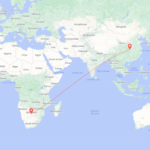


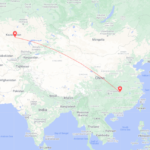
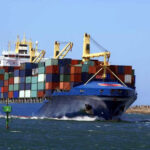

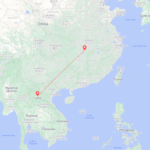

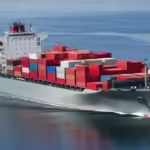

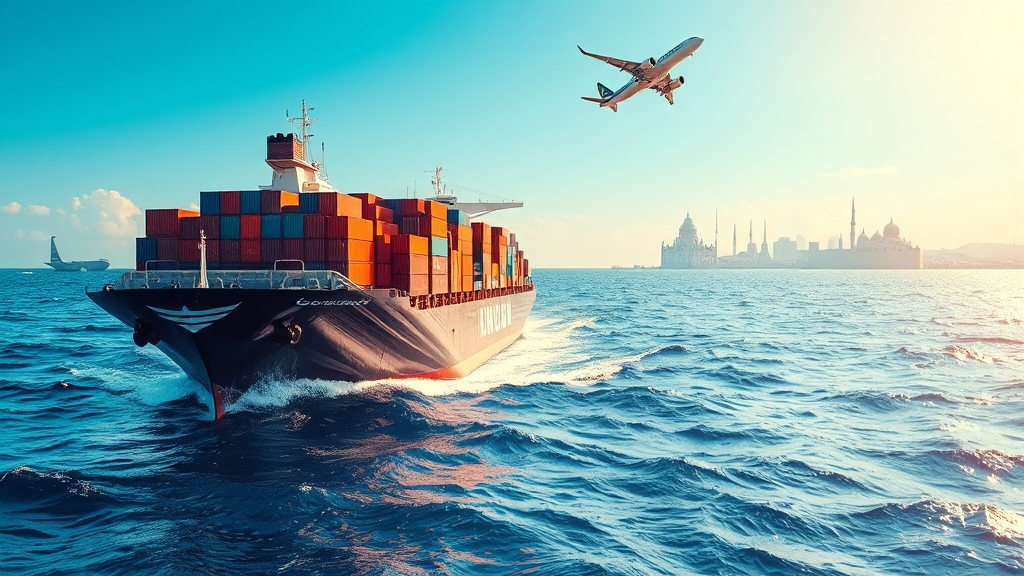
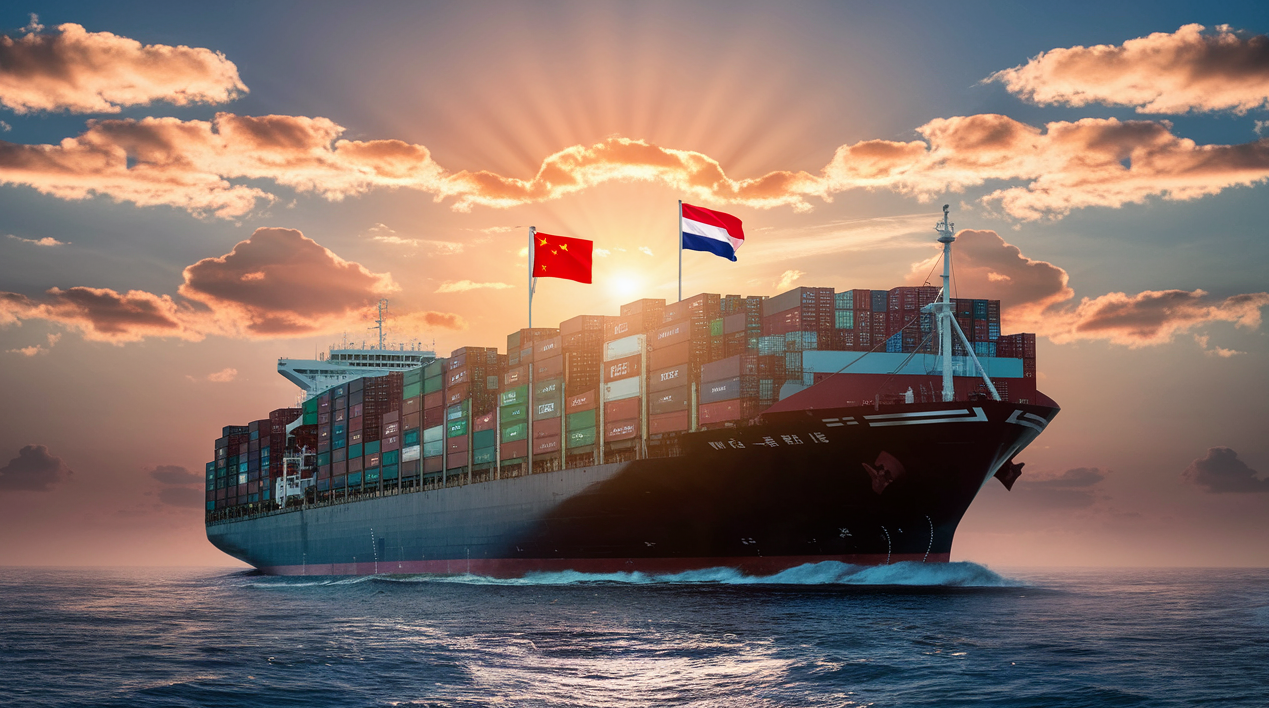
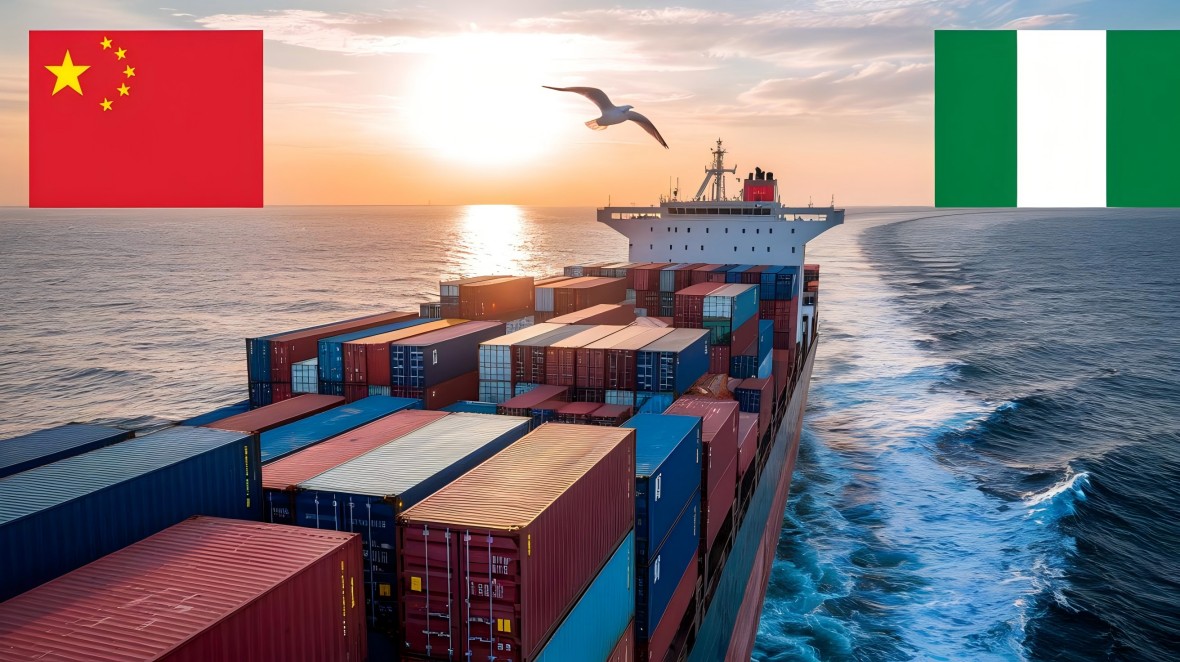
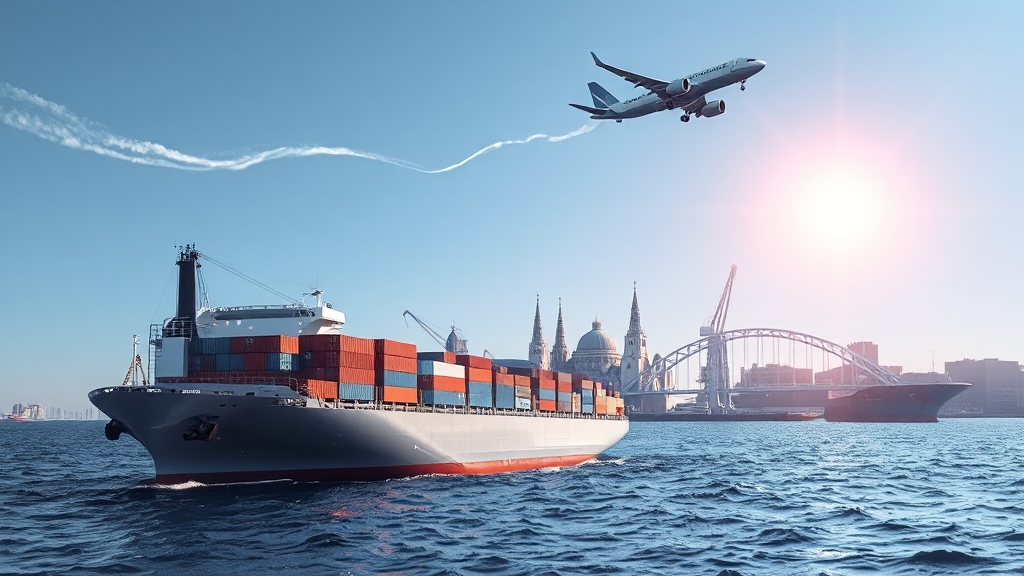
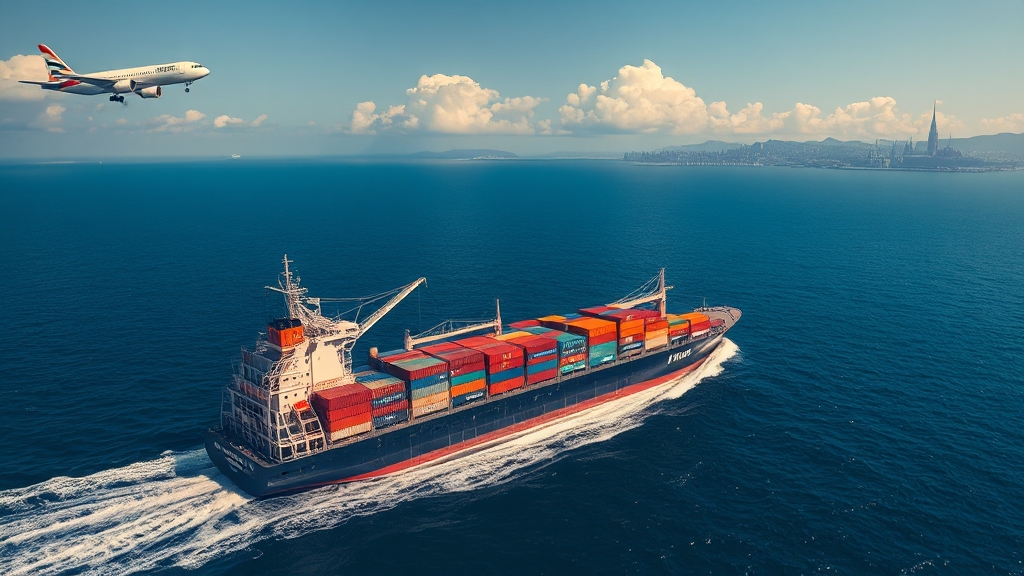





 Afrikaans
Afrikaans Shqip
Shqip አማርኛ
አማርኛ العربية
العربية Հայերեն
Հայերեն Azərbaycan dili
Azərbaycan dili Euskara
Euskara Беларуская мова
Беларуская мова বাংলা
বাংলা Bosanski
Bosanski Български
Български Català
Català Cebuano
Cebuano Chichewa
Chichewa 简体中文
简体中文 繁體中文
繁體中文 Corsu
Corsu Hrvatski
Hrvatski Čeština
Čeština Dansk
Dansk Nederlands
Nederlands English
English Esperanto
Esperanto Eesti
Eesti Filipino
Filipino Suomi
Suomi Français
Français Galego
Galego ქართული
ქართული Deutsch
Deutsch Ελληνικά
Ελληνικά Kreyol ayisyen
Kreyol ayisyen Harshen Hausa
Harshen Hausa Ōlelo Hawaiʻi
Ōlelo Hawaiʻi עִבְרִית
עִבְרִית हिन्दी
हिन्दी Hmong
Hmong Magyar
Magyar Íslenska
Íslenska Igbo
Igbo Bahasa Indonesia
Bahasa Indonesia Gaeilge
Gaeilge Italiano
Italiano 日本語
日本語 Basa Jawa
Basa Jawa ಕನ್ನಡ
ಕನ್ನಡ Қазақ тілі
Қазақ тілі ភាសាខ្មែរ
ភាសាខ្មែរ 한국어
한국어 كوردی
كوردی Кыргызча
Кыргызча ພາສາລາວ
ພາສາລາວ Latin
Latin Latviešu valoda
Latviešu valoda Lietuvių kalba
Lietuvių kalba Lëtzebuergesch
Lëtzebuergesch Македонски јазик
Македонски јазик Malagasy
Malagasy Bahasa Melayu
Bahasa Melayu മലയാളം
മലയാളം Maltese
Maltese Te Reo Māori
Te Reo Māori मराठी
मराठी Монгол
Монгол ဗမာစာ
ဗမာစာ नेपाली
नेपाली Norsk bokmål
Norsk bokmål پښتو
پښتو فارسی
فارسی Polski
Polski Português
Português ਪੰਜਾਬੀ
ਪੰਜਾਬੀ Română
Română Русский
Русский Samoan
Samoan Gàidhlig
Gàidhlig Српски језик
Српски језик Sesotho
Sesotho Shona
Shona سنڌي
سنڌي සිංහල
සිංහල Slovenčina
Slovenčina Slovenščina
Slovenščina Afsoomaali
Afsoomaali Español
Español Basa Sunda
Basa Sunda Kiswahili
Kiswahili Svenska
Svenska Тоҷикӣ
Тоҷикӣ தமிழ்
தமிழ் తెలుగు
తెలుగు ไทย
ไทย Türkçe
Türkçe Українська
Українська اردو
اردو O‘zbekcha
O‘zbekcha Tiếng Việt
Tiếng Việt Cymraeg
Cymraeg יידיש
יידיש Yorùbá
Yorùbá Zulu
Zulu